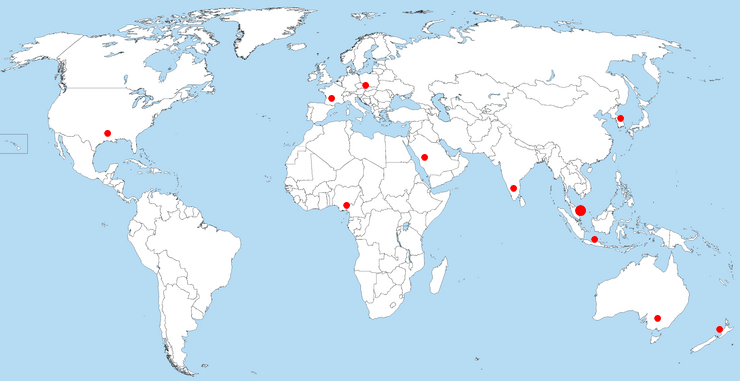CHARACTERIZATION OF A WAVE SOLDERING PROCESS USING TAGUCHI METHOD
Keywords:
Wave Soldering Process, Design of Experiments (DOE), Taguchi Method, Analysis ofVariance (ANOVA)Abstract
This paper outlines the Taguchi methodology as an approach to
identify the "optimal" wave soldering machine parameter setting
that has significant effect on a key quality characteristic of
interest, namely, soldering defects per unit(SDPU). The method is
briefly discussed and its application is illustrated by an industrial
case study as an example. Several machine controllable factors
were investigated as to their effect on the SDPU The result ofthe
study shows an improvement of up to 70 percent of SDPU Its
potential in costsavings is thus apparent.
References
Besterfield Dale, Quality Control, Prentice-Hall, Inc., 1998
J.Ross Phillip, Taguchi Techniques for Quality Engineering, McGrawHill Inc., 1988
S. Phadke Madhav, Quality Engineering Using Robust Design, PrenticeHall, Inc., 1989
Downloads
Published
How to Cite
Issue
Section
License
Copyright of articles that appear in Jurnal Mekanikal belongs exclusively to Penerbit Universiti Teknologi Malaysia (Penerbit UTM Press). This copyright covers the rights to reproduce the article, including reprints, electronic reproductions or any other reproductions of similar nature.







